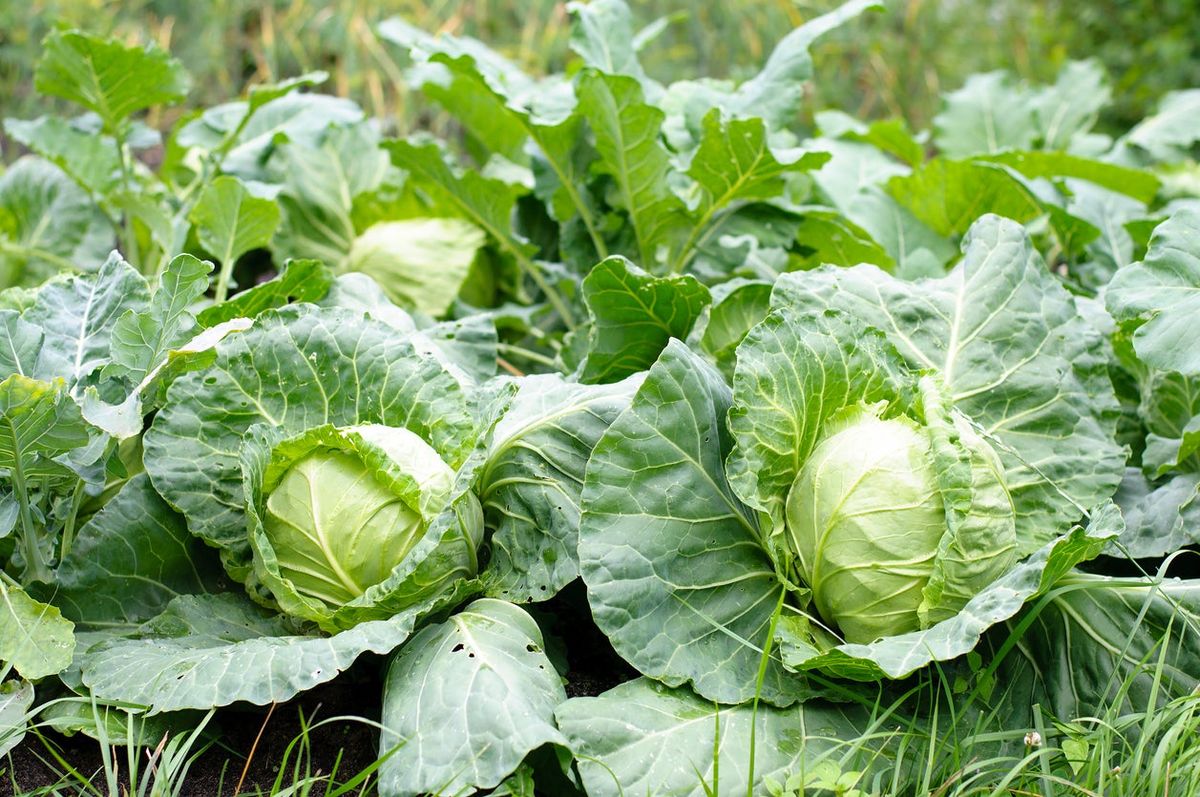A lush, green lawn is the hallmark of a well-maintained property, but achieving and maintaining such beauty requires more than occasional mowing.
In this comprehensive guide, we’ll delve into the essential techniques for effective lawn care, covering everything from mowing and watering to fertilizing and weed control.
By mastering the best lawn care and mowing techniques, you’ll be well on your way to cultivating a healthy and beautiful lawn that enhances your outdoor space and adds curb appeal to your home.

1. Proper Mowing Practices
Mowing is the cornerstone of lawn care, and doing it correctly is essential for a healthy and attractive lawn. Set your mower blades to the appropriate height for your grass type, ensuring you never remove more than one-third of the grass blade length in a single mowing.
This encourages deep root growth, helps prevent weed infestation, and promotes a denser, more resilient lawn. Additionally, alternating mowing patterns can help prevent soil compaction and create a more uniform appearance, enhancing its overall aesthetic appeal.
Read also: Smart Technology as the Future of Bathroom Interior Design
2. Regular Watering Routine
Consistent watering is vital for maintaining a healthy lawn, especially during hot and dry periods. Water deeply and infrequently to encourage deep root growth and drought tolerance, rather than shallow, frequent watering that promotes shallow root systems.
Early morning is the best time to water, as it minimizes evaporation and allows the grass to dry before evening, reducing the risk of disease.
Moreover, consider investing in a rain sensor or smart irrigation system to automatically adjust watering schedules based on weather conditions, ensuring efficient water usage and optimal lawn health.

3. Adequate Fertilization
Fertilizing your lawn provides essential nutrients that promote healthy growth and vigor. Conduct a soil test to determine your lawn’s nutrient needs and select a fertilizer with the appropriate balance of nitrogen, phosphorus, and potassium.
Apply fertilizer according to the recommended schedule, typically in spring and fall, following proper application rates to avoid overfeeding and potential damage to your lawn.
Additionally, consider using slow-release fertilizers for more consistent nutrient availability and longer-lasting results, promoting sustained growth and color throughout the growing season.
4. Effective Weed Control
Weeds can quickly detract from the beauty of your lawn, competing with grass for nutrients, water, and sunlight. Implement a proactive weed control strategy that includes regular monitoring, timely weed removal, and targeted herbicide applications as needed.
Preventative measures such as proper mowing, fertilization, and overseeding can also help choke out weeds and promote a dense, healthy turf.
Furthermore, incorporating cultural practices such as mulching and hand pulling can minimize weed germination and establishment, reducing reliance on chemical interventions and promoting a more natural, sustainable approach to weed management.

5. Aeration and Overseeding
Over time, compacted soil can restrict root growth and limit water and nutrient uptake, leading to thin, unhealthy turf. Aerating your lawn relieves soil compaction, improves air and water infiltration, and stimulates root development.
Follow up aeration with overseeding to introduce new grass varieties, fill in bare patches, and promote a thicker, more resilient lawn that crowds out weeds and withstands environmental stressors.
Additionally, consider incorporating compost or organic matter into the soil during aeration to enhance soil structure, microbial activity, and nutrient availability, further supporting healthy root growth and overall turf health.
6. Regular Maintenance Tasks
In addition to the fundamental practices mentioned above, regular maintenance tasks such as dethatching, soil testing, and pest control are essential for maintaining a beautiful lawn.
Dethatching removes built-up organic debris that can suffocate grass roots and harbor pests and diseases, while periodic soil testing helps ensure your lawn receives the nutrients it needs for optimal health.
Integrated pest management techniques can help identify and address pest issues before they cause significant damage to your lawn.
Moreover, consider incorporating sustainable lawn care practices such as grasscycling, which involves leaving grass clippings on the lawn to decompose and return nutrients to the soil, reducing the need for fertilizers and promoting overall soil health and fertility.


